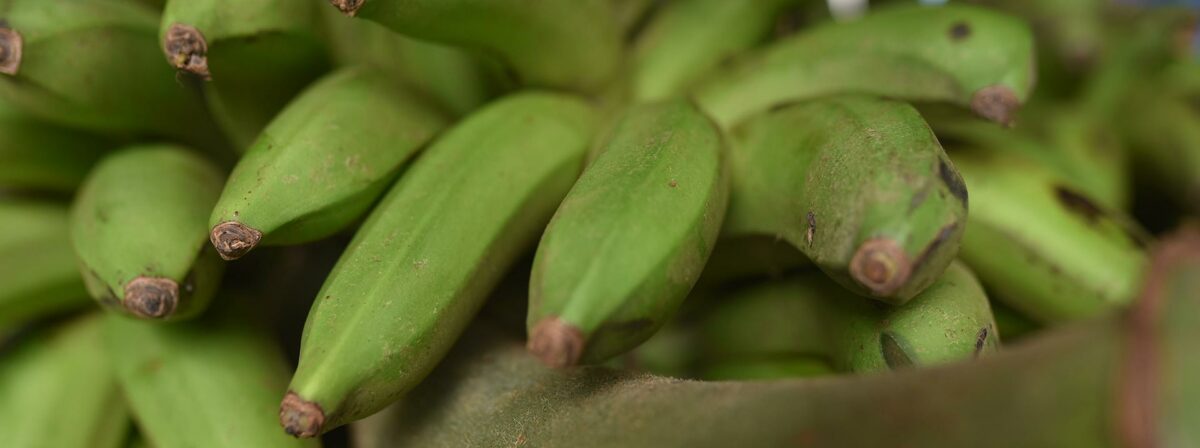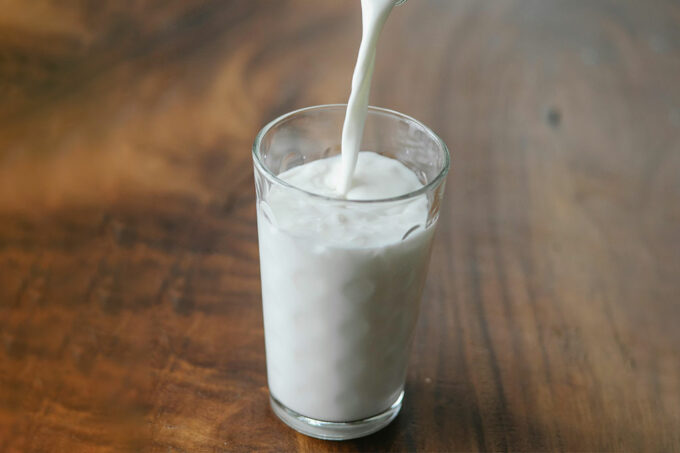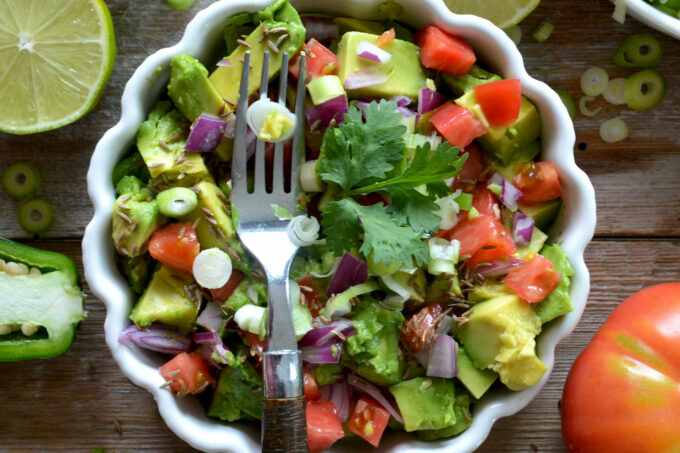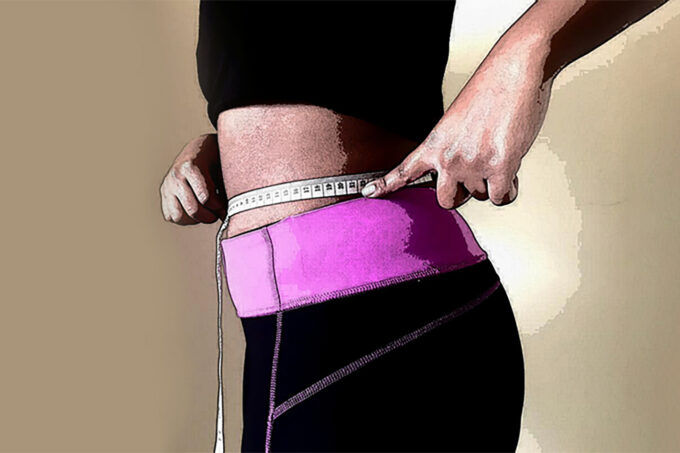Let’s get this clear. Not all carbohydrates are bad. Some are, but not all.
Carbohydrates are either simple or complex. Examples of simple carbohydrates are glucose, sucrose (table sugar), fructose (in fruit) and lactose (in milk). Complex carbohydrates include starch, glycogen and dietary fibre. Starch is made up of many glucose molecules. It is found in common foodstuffs such as matoke, cassava, potatoes (sweet and irish), rice, maize (and posho), wheat flour (and wheat flour products), pasta. Glycogen is similar to starch except that glycogen is found in animals (including humans) while starch is found in plants. Glycogen and starch are easily broken down to glucose which is the main source of energy in our bodies.
Dietary fibre is much more complex than starch and glycogen. We cannot digest it, so most of it passes out in stool. It keeps the digestive system running smoothly and helps to make you feel full and satisfied after eating. Vegetables, whole grains (eg maize on the cob vs posho), fruits and even beans, peas and groundnuts provide dietary fibre.
Foods that do not have dietary fibre and have only simple sugars and/or starch, such as white bread, cakes, biscuits, soda are digested very quickly and provide a quick burst of energy and not very much else. Then hunger quickly strikes again, and another cake is eaten… And another… And another. These are sometimes referred to as refined carbohydrates. So then it is easy to see that a carbohydrate source is “good” if we can get both dietary fibre and glucose from it. With the “good” carbohydrates you feel satisfied and you will probably eat only as much as your body needs to use. A bad carbohydrate is over-refined, it doesn’t have fibre, the glucose is too easily accessible and it doesn’t provide much in terms of other nutrients.
Key messages about carbohydrates:
- Not all carbohydrates are bad.
- We cannot do away with carbohydrates because that’s how we get glucose and dietary fibre.
- The type of carbohydrate consumed is much more important than the amount.
Carbohydrates: The Ugly
Free sugar/added sugar is the ugly side of carbohydrates. Table sugar is sucrose, a compound made up of glucose and fructose (fruit sugar). Our bodies break sucrose down into glucose and fructose which we then use to generate energy. Fructose tastes sweeter than glucose. The body uses fructose a little differently from the way it uses glucose, and there is a tendency or preference to change fructose and store it as fat.
Honey contains free glucose (about 30%) and fructose (about 40%), plus other sugars that are more complex. It also has a complex carbohydrate called dextrin. Honey is more energy dense: a teaspoon of sugar provides about 16 calories while a teaspoon of honey provides about 23 calories. However, because of the free fructose, honey tastes sweeter than table sugar. This means that one is more likely to use less honey than sugar. Also, because of the more complex compounds, honey is digested slower than sucrose so it doesn’t cause an energy spike as quickly as sugar does.
So, honey does have some benefits over sugar, but in the end, honey is mostly sugar. Consuming excess calories from free/added sugar from any source can lead to weight gain over time, or may hinder weight loss/weight management efforts.
Rhona Kezabu Baingana is a nutrition scientist with the Department of Biochemistry and Sports Science, Makerere University, Uganda, with over 20 years’ experience in nutrition. She was a founding member of Uganda Action for Nutrition which transformed into the Nutrition Society of Uganda. Rhona holds a PhD (Makerere University), MSc (King’s College London), and BSc (Southampton University). Rhona is passionate about nutrition and is keen to use her knowledge and experience to support Ugandans eat healthy as part of a healthy lifestyle.




